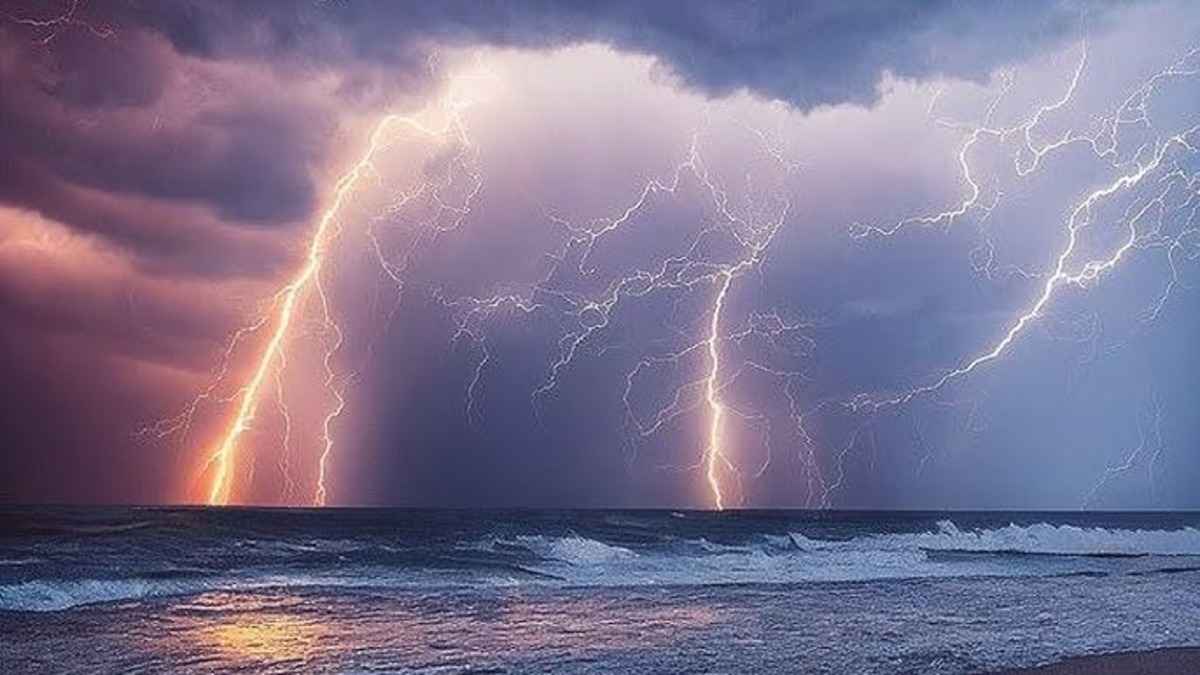The question of how life emerged on Earth has fascinated scientists for decades. The well-known Miller-Urey hypothesis suggests that lightning strikes on early Earth’s oceans triggered the formation of essential organic molecules. However, recent research proposes an alternative: the energy generated by crashing waterfalls and breaking waves may have played a critical role in creating these life-building compounds.
The Miller-Urey Experiment
In 1952, Stanley Miller and Harold Urey conducted a groundbreaking experiment to test how organic molecules could form from inorganic substances. They simulated early Earth conditions using a mixture of water, methane, ammonia, and hydrogen, exposing it to electrical discharges to mimic lightning. The result? The production of amino acids—key components of life.
While this experiment remains fundamental to abiogenesis research, critics have pointed out that lightning strikes may not have been frequent or effective enough to drive the widespread formation of organic molecules.
Water Sprays as a New Energy Source
A recent study from Stanford University, published in Science Advances, challenges the traditional lightning-based view. It suggests that water sprays, such as those created by ocean waves or waterfalls, can produce organic compounds independently of external electricity. This occurs through a phenomenon known as “microlightning,” where tiny electrical discharges form when water droplets collide.
The Role of Microlightning Mechanism
The process behind microlightning is simple yet powerful. Larger water droplets tend to gain a positive charge, while smaller ones become negatively charged. As these oppositely charged droplets approach each other, electrical discharges occur, sparking chemical reactions. Lab experiments replicating this effect have successfully produced organic molecules like hydrogen cyanide, glycine, and uracil—key ingredients for life.
Rethinking the Origins of Life
These discoveries reshape our understanding of abiogenesis. Unlike lightning, which is sporadic, water sprays are a constant feature of Earth’s environment. This makes them a more plausible and widespread source of organic molecule formation. If microlightning was common on early Earth, it could have significantly contributed to the emergence of life—offering a fresh perspective on one of science’s greatest mysteries.




